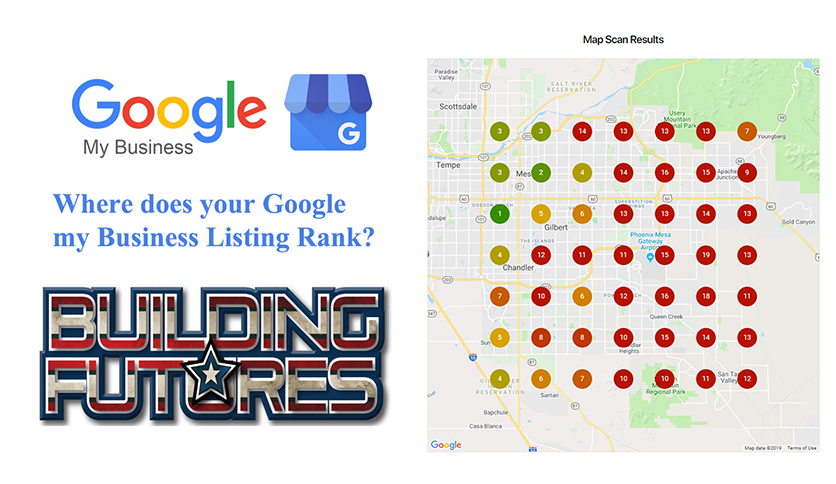Google Maps Ranking Service

In the ever-evolving landscape of local search engine optimization (SEO), mastering Google Maps ranking is crucial for businesses aiming to increase their visibility, attract more customers, and ultimately drive sales. Google Maps, integrated with Google Search, displays local business listings based on relevance, distance, and prominence. Understanding and leveraging these factors can significantly boost a business’s online presence. Let’s delve into the intricacies of Google Maps ranking and the services designed to improve it.
Understanding Google Maps Ranking Factors
Before diving into the services, it’s essential to grasp the primary factors influencing Google Maps rankings. These include:
- Relevance: How well a local business listing matches what someone is searching for. This involves accurate and detailed business information, including categories, attributes, and keywords in the business description.
- Distance: The proximity of the business to the searcher’s location. Google calculates this based on the presumed location of the searcher, which is typically derived from their device’s location services or the location they’ve specified in the search query.
- Prominence: This refers to how well-known a business is, both online and offline. It includes factors like Reviews, Ratings, and the business’s presence across the web, including links from other websites and directories.
Google Maps Ranking Services
To enhance a business’s standing in Google Maps, various services are available, each targeting different aspects of the ranking algorithm:
Local SEO Audits: Comprehensive analysis of a business’s current local SEO standing, identifying gaps and areas for improvement. This service is crucial for laying the groundwork for subsequent optimization efforts.
Google My Business (GMB) Optimization: Proper setup and optimization of a business’s GMB listing is foundational. Services include category selection, description writing, hours of operation setup, and ongoing management to ensure accuracy and completeness.
Reviews and Ratings Management: A significant component of prominence, services focused on reviews help businesses encourage genuine, positive feedback from customers while managing and responding to all reviews professionally.
Local Citation Building: Building high-quality local citations across respected directories and citations platforms. Consistency across all citations is key to reinforcing a business’s identity and location.
Content Creation and Marketing: Developing content that appeals to a local audience, including blog posts, social media content, and press releases. This not only enhances a website’s relevance but also contributes to its overall online presence.
Technical SEO for Local Websites: Ensuring a website is technically sound, with fast load times, mobile responsiveness, and secure (HTTPS). A well-optimized website improves user experience and makes it easier for Google to crawl and understand the site’s content.
Link Building: Acquiring high-quality backlinks from authoritative local and industry-specific sources. Links signal to Google that a business is reputable and worthy of citation, directly impacting prominence.
Strategies for Improvement
- Consistency: Ensure all online directories, citations, and the business’s website have consistent Name, Address, and Phone Number (NAP) information.
- Engagement: Regularly engage with customers through reviews and social media to demonstrate a commitment to customer service and community.
- Accuracy: Keep business hours, categories, and all other details accurate and up-to-date on Google My Business and other platforms.
- Local Content: Produce content that is relevant and valuable to local customers, showcasing expertise and relevance.
Measuring Success
Success in improving Google Maps rankings is measured through various key performance indicators (KPIs), including:
- Rankings: The position of a business in Google Maps for target keywords.
- Impressions: The number of times a business’s listing is shown in search results.
- Clicks: The number of times users click on a business’s listing for more information or to visit the website.
- Calls and Messages: The number of direct contacts received through Google My Business.
- Conversions: The ultimate goal, conversions can be in the form of sales, bookings, or other desired actions.
Conclusion
Improving Google Maps rankings requires a multi-faceted approach, incorporating technical optimization, content creation, local SEO strategies, and ongoing management. By leveraging these services and focusing on relevance, distance, and prominence, businesses can significantly enhance their visibility in local search, attract more customers, and ultimately drive more sales. In the competitive landscape of local SEO, staying ahead of the curve with the latest strategies and services is essential for success.
What are the primary factors influencing Google Maps rankings?
+The primary factors include relevance, distance, and prominence. Relevance is how well a business matches the search query, distance refers to how close the business is to the searcher, and prominence involves how well-known the business is.
How can I improve my Google Maps ranking?
+Improving your Google Maps ranking involves optimizing your Google My Business listing, encouraging genuine reviews, building high-quality local citations, creating local content, and ensuring your website is technically sound and relevant to local searches.
What are the benefits of a high Google Maps ranking?
+A high Google Maps ranking increases your business’s visibility, drives more foot traffic and website visits, and ultimately leads to more sales and revenue. It also builds credibility and trust with potential customers, as high-ranking businesses are perceived as more reliable and professional.